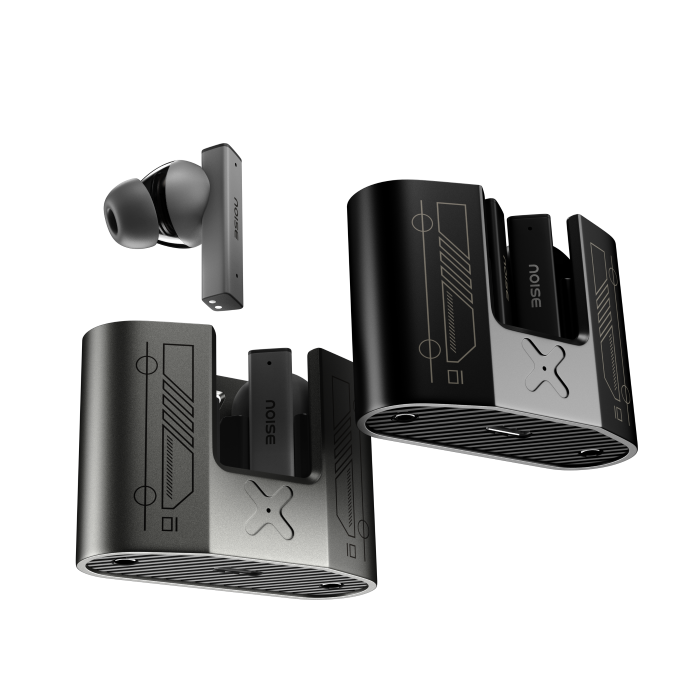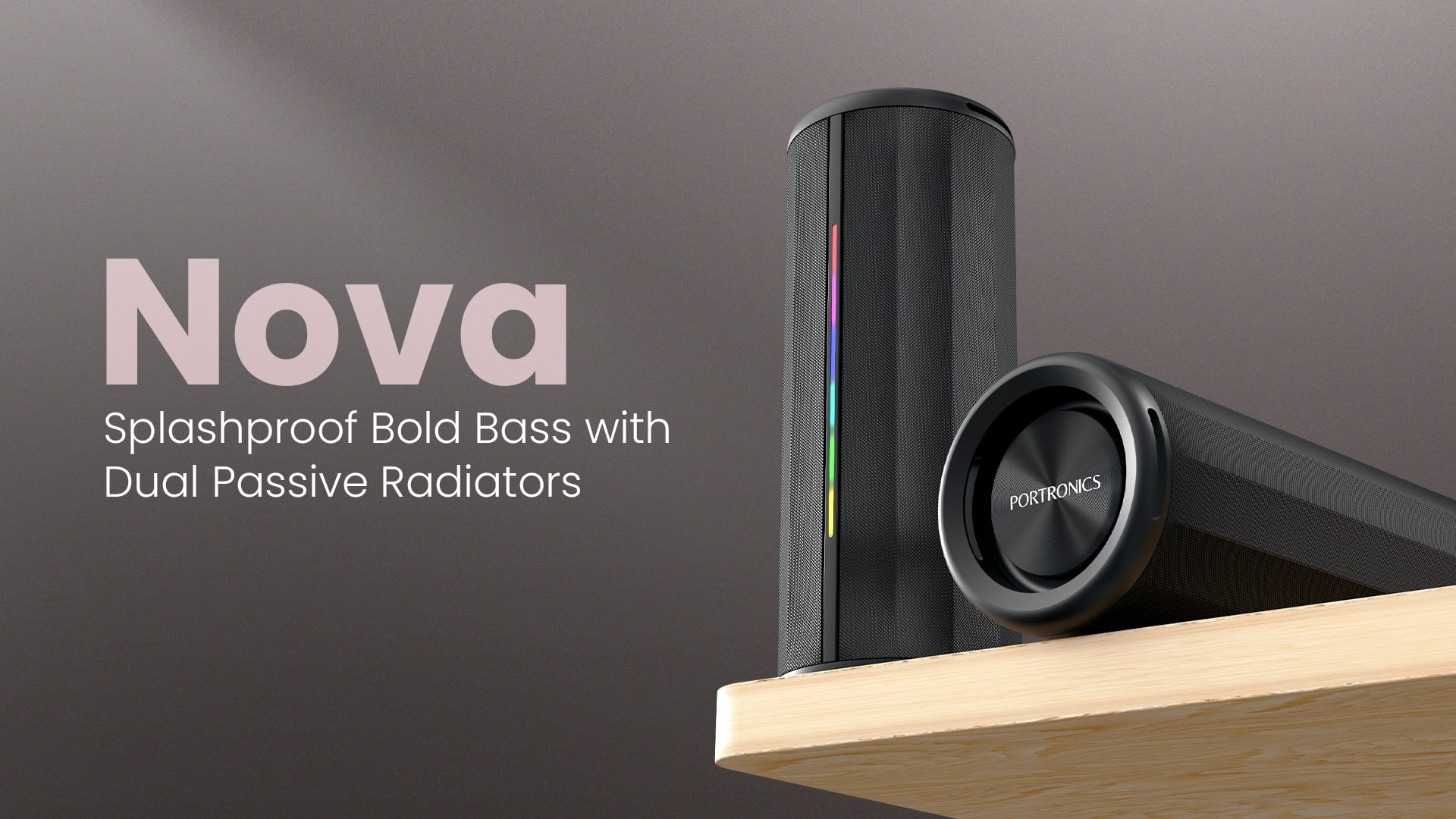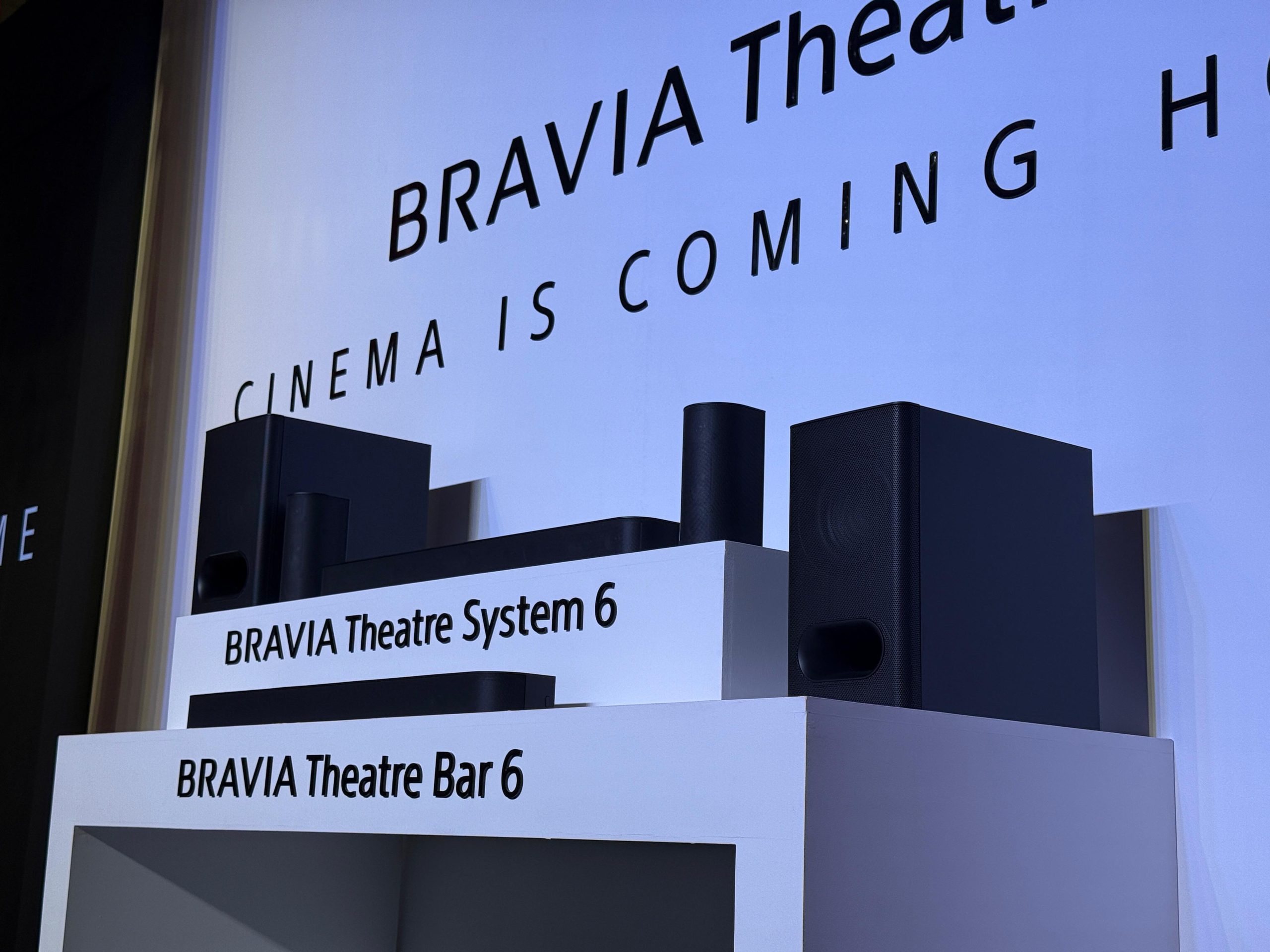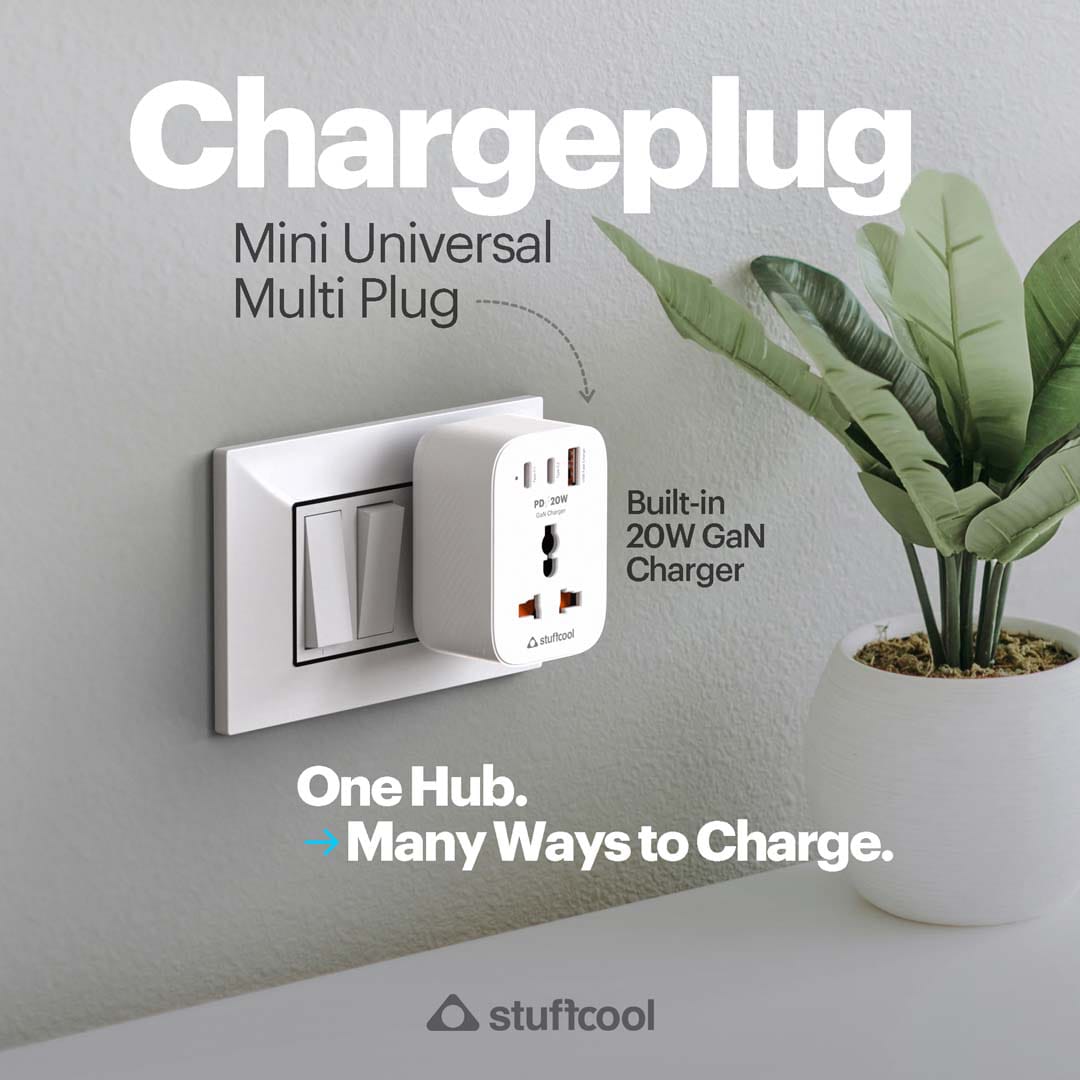We’ll be honest. We didn’t have high expectations. The MacBook Pro has been largely untouched for four years, and the…
Read MoreiPhone 7 vs iPhone 6S: what’s new?
The iPhone 7 has landed, and this time, it’s not a rumour. And it turns out, the most-awaited phone of…
Read MoremacOS Sierra: 10 new features that make it better than Windows
Apple has unveiled macOS Sierra, the latest and greatest version of the Mac operating system. Developers get it today and…
Read MoreSet faces to stunned – Star Trek’s coming back to the small screen
That’s so long to wait, but according to the initial rumours on Hollywood Reporter producer Alex Kurtzman is still looking…
Read MoreOnePlus X launches: who needs high spec when you’ve got style?
Apparently you also dial down the spec list and up the design, making something that resembles the OnePlus X. This…
Read MoreMicrosoft bites back with flagship Lumia 950 and 950 XL
It’s been many years since we’ve seen something that’s got our juices flowing in the mobile work with Microsoft’s name…
Read MoreAmazon fans the 4K flames with the new UHD Fire TV
The new 4K Fire TV will stick to the same price point, just £80, but will provide access to the…
Read MoreiPhone 6S review: more of the same plus 3D Touch
Well, Apple’s been decidedly kind and kept to the same pattern again - the iPhone 6S is almost identical to…
Read MoreApple announces a new generation of iPhones
To the surprise of no one except for a few hermits living on an island, the iPhone 6S was announced,…
Read More




